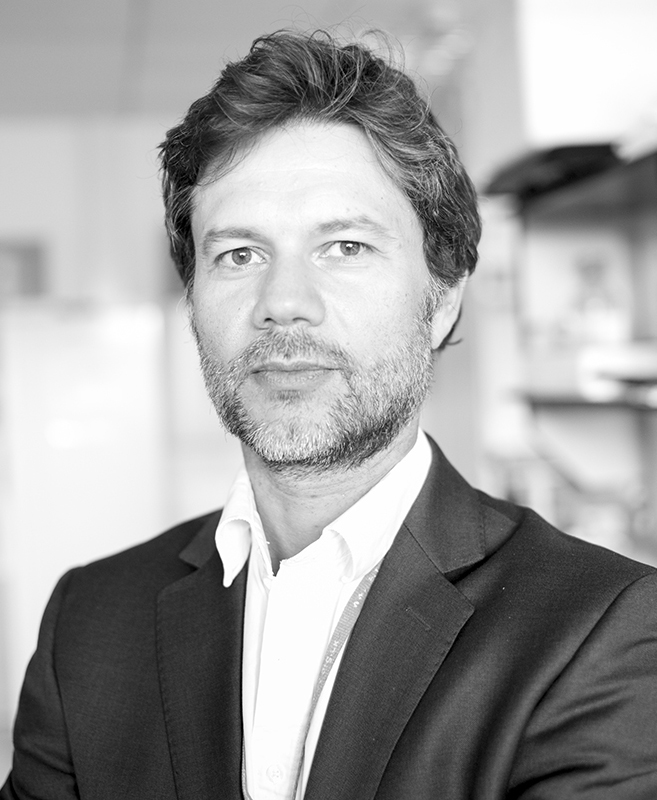
Keywords
Clinical Conditions
Equipment & Techniques
My laboratory develops and uses human organoid and other stem cell-based models to explore mechanisms underlying glia-neuron-synapse interactions in development, injury and neurodegenerative disorders, including ALS and Frontotemporal Dementia. We investigate how genetic mutations and other risk factors contribute to initial protein homeostasis, signalling and transcriptional disturbances at single cell resolution. In particular, we focus on pathways underpinning the early and specific involvement of diverse astrocyte populations in pathology and its consequences on neuronal network function. The combined use of our unique human biological platforms and computational approaches help reveal more precise drug targets for preventive strategies. We also run collaborative projects with groups in PDN, MRC LMB, WT-MRC Stem Cell Institute, Sanger Institute. Currently, our student thesis projects are offered via the Department of Clinical Neurosciences and Cambridge Neuroscience.
